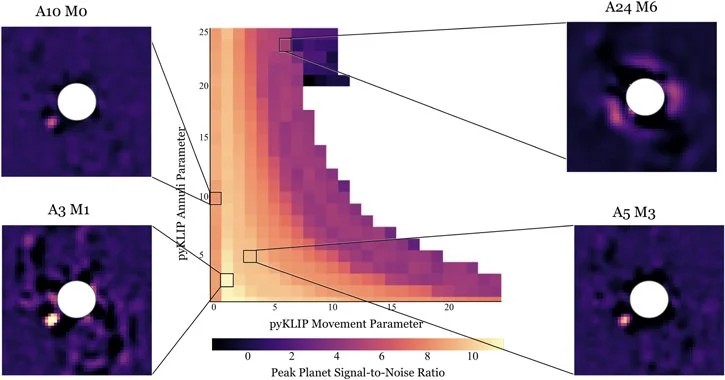Our Research
We use large ground-based telescopes (including Magellan, Subaru, the LBT, Keck, and Gemini South) equipped with a technology called adaptive optics that corrects for the blurring effects of the Earth’s atmosphere to search for planets around other stars (exoplanets), especially ones still in the process of forming (protoplanets). We also study indirect signatures of planet formation in the disks of gas and dust around young stars that form planets (circumstellar disks). Our ultimate aim is to better understand where, when, and how planets form.
Our current exoplanet research falls under three main themes:
High-Contrast Imaging
We de-twinkle stars in order to take very high-resolution images of regions where planet-formation is actively occurring. Our goal is to identify direct and indirect signatures of planets and use them to inform where, when, and how planets form around other stars.
Accretion Processes
We study the physics of planet formation by gathering images and spectra of accreting planets, brown dwarfs, and stars. We aim to understand how these formation processes vary across objects and how they may differ from what occurred in our solar system.
Circumstellar Disks
One of the ways in which we study planet formation is by taking high-resolution images of planet-forming disks. Planets incite complex, asymmetric structures in these disks that provide clues as to where and when they are forming.











